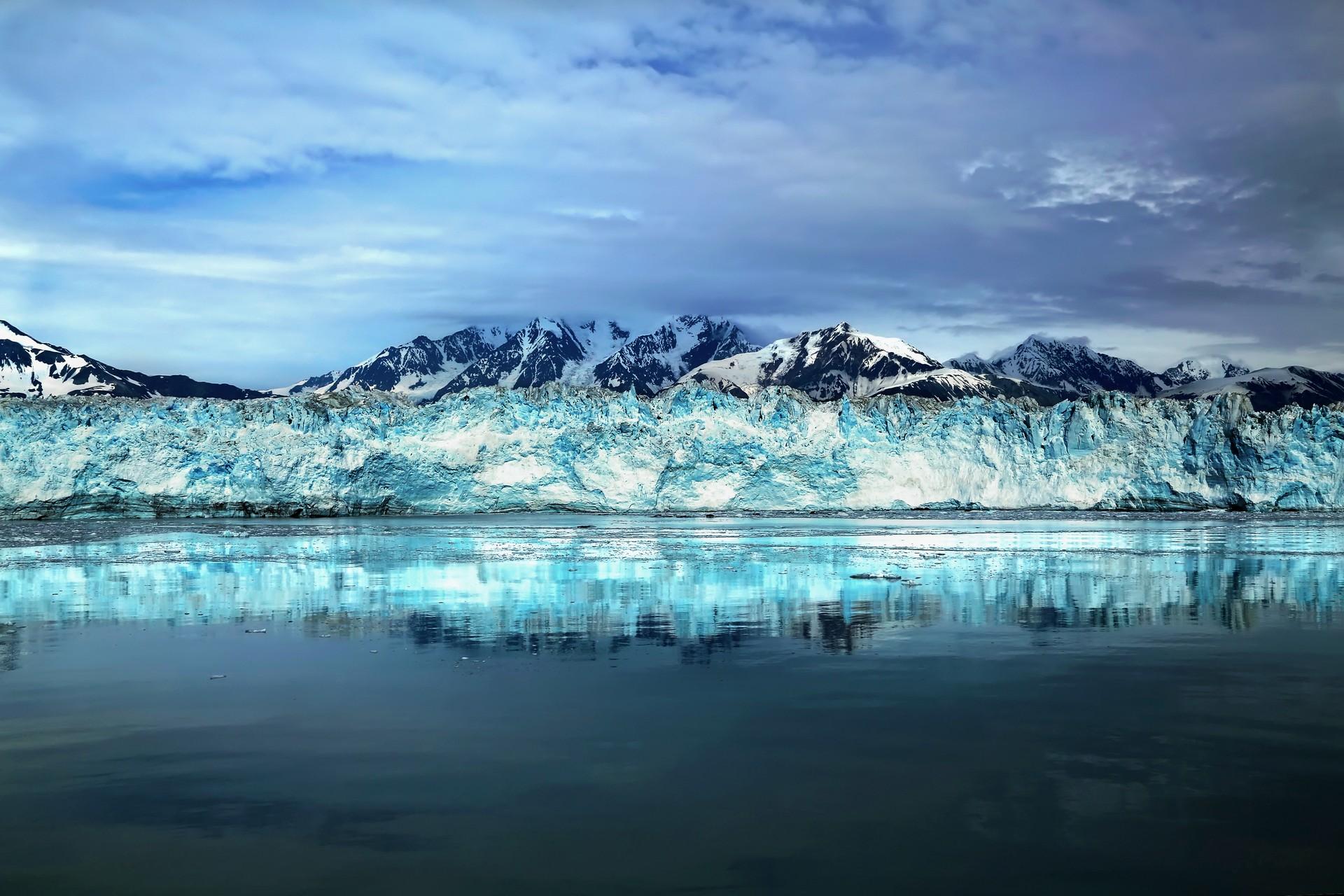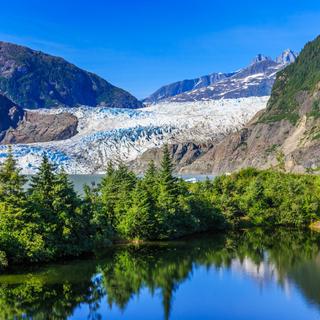
Kenai weather and climate in 2025

Kenai weather and climate in 2025
Day
17 °C
Night
10 °C
Sea
12 °C
Precipitation
50 mm
in month
Rainy days
11 days
in month
Daylight
18 hours
average
Sunshine
8 hours
average
Humidity
76 %
Weather charts for Kenai

Find more destinations like this
Destinations with similar weather to Kenai
Other destinations in Alaska
Closest cities for Kenai
Last week's weather in Kenai
The average temperature for the week of 23 June 2025 - 29 June 2025 was 16 °C (61 °F) during the day and 9 °C (48 °F) during the night. These temperatures are roughly same as the long-time average for Kenai, being 16 °C (61 °F) for daily temperatures and 7 °C (45 °F) for night temperatures. The average temperatures observed during different times of day (based on local time) were as below: 7am 10 °C (50 °F), 10am 13 °C (55 °F), 1pm 15 °C (59 °F), 4pm 14 °C (57 °F), 7pm 14 °C (57 °F), 10pm 12 °C (54 °F).
There were 3 days without rain, 2 days with light rain and 2 days with moderate rain during this week. Kenai received 15 mm (0.59 in) of precipitation throughout the week, which is above its long-term average of 9 mm (0.35 in). The daytime hours (from dawn to dusk) had an average cloud coverage of 73 %. There was a meteorological observation of mist.
The wind's speed averaged 3.2 m/s. The air pressure varied between 1005 hpa and 1018 hpa. On average, the air humidity in Kenai was 83 %.
On average, there were 4 hours clear skies, 1 hour partially overcast skies, 12 hours overcast skies and 2.5 hours rainy weather during the daytime (from dawn to dusk). The sunrise on average occurred at 04:36, and the sunset occurred at 23:39.
Weather overview for Kenai
Weather overview
Located in the United States of America, Kenai is characterized by its notably chilly weather conditions. Throughout the year, the region experiences day temperatures that vary significantly, with the coldest average day temperatures around -2 °C (28 °F) during January, warming up to peak summer averages of 17 °C (63 °F) in July. Nighttime temperatures also show a wide range, hitting a chilly low of -11 °C (12 °F) in January and reaching a comfortable 10 °C (49 °F) in July evenings. When it comes to precipitation, Kenai sees its driest period in April, averaging around 7 days of rainfall, while September marks the height of the wet season with an average of 15 days of rainy days. The data also reveal variations in wind speed, relative humidity, and sunshine hours—factors that contribute to the overall climatic experience in Kenai.
January weather
In Kenai, January ushers in the lowest day and night temperatures, with recorded values down to -11 °C (12 °F). The number of rainy days begins to decline, reaching a total of 9 days, and the rain volume starts to decrease as well, accumulating to about 52 mm (2.04 in). Concurrently, the amount of sunshine without clouds shows an upward trend.
February weather
The upward movement of the day temperature becomes noticeable in Kenai, reaching -1 °C (30 °F). Meanwhile, the precipitation volume continues its downward trend, standing at 40 mm (1.59 in). An increase in cloudless sunshine hours is also evident, recorded at 4 hours.
March weather
As March arrives, we witness a consistent rise in day temperatures in Kenai, now at 2 °C (36 °F), and the beginning of an upswing in night temperatures. The downtrend in the number of rainy days and the volume of rainfall is also notable, with amounts averaging 33 mm (1.29 in). The duration of cloudless sunshine continues to climb, and the peak in wind speeds is also observed, hitting 4 m/s.
April weather
April marks the point where the least number of rainy days are seen in Kenai, with an average of 7 days, accompanied by the lowest rainfall volume of 22 mm (0.89 in). A notable increase in day and night temperatures is also observed, registering at 7 °C (44 °F) and -2 °C (28 °F) respectively. The trend in sunshine hours remains consistent with previous months, reaching 8 hours.
May weather
May observes a continued rise in both day and night temperatures, with values of 12 °C (54 °F) and 2 °C (36 °F) respectively in Kenai. The amount of precipitation in terms of rainy days begins to increase, with an average of 8 days, and the rainfall volume starts an upward trend as well, averaging 30 mm (1.18 in). Additionally, the maximum amount of cloudless sunshine hours is recorded.
June weather
In Kenai, June's temperatures continue to climb, reaching 16 °C (60 °F) during the day and 7 °C (44 °F) at night. The pattern of increasing rainy days persists, now tallying 9 days. The length of daylight hits its apex this month.
July weather
Kenai welcomes the tourist season in July, showcasing peak day temperatures averaging 17 °C (63 °F), and night temperatures topping off at 10 °C (49 °F). The number of rainy days continues their upward trajectory, while the initial rise in rainfall volume is noticeable, amounting to 50 mm (1.97 in).
August weather
The presence of the tourist season in Kenai remains palpable in August. The number of rainy days mirrors the previous month, with an average of 13 days, and rainfall volume presents a noticeable increase, with 80 mm (3.16 in) reported. The initiation of the decrease in night temperatures can be observed, while wind speeds reach their minimum.
September weather
A gradual decrease in day temperatures begins in Kenai come September, with an average of 14 °C (56 °F), while the downward trend in night temperatures continues. The frequency of rainy days hits its peak, and the rainfall volume also reaches its zenith. A reduction in sunshine hours follows the previous month's pattern.
October weather
In Kenai, October witnesses the downward trend of day temperatures, registering 7 °C (44 °F), and night temperatures following suit. The amount of precipitation in terms of number of rainy days begins to decrease, with a drop in rainfall volume as well. The sequence of diminishing sunshine hours proceeds unabated.
November weather
November brings forth the continued fall of day temperatures in Kenai, evident at 1 °C (34 °F), and the decline in night temperatures. The pattern of declining number of rainy days is consistent, and the rainfall volume also shows a similar decrease. The progression of reducing sunshine hours remains prominent.
December weather
December sees the continuing drop in day temperatures in Kenai, now at -1 °C (29 °F), as well as the night temperatures. The rise in the number of rainy days is observed, along with the onset of an increase in rainfall volume. The lowest number of sunshine hours is also noted.
FAQs
How do the sea temperatures in Kenai appear in January?
In January, the sea around Kenai is extremely cold with an average temperature of just 0 °C (32 °F).
Can you comment on the average wind speeds during February in Kenai?
February's wind conditions in Kenai typically feature average speeds around 3 m/s.
What is the relative humidity like in March in Kenai?
March sees Kenai experiencing a relative humidity of about 71 %, suggestive of moderately dry air.
What changes in daytime length can we expect in Kenai during April?
April extends the daylight hours significantly in Kenai, with the average day length reaching approximately 14 hours.
Should I expect many rainy days in May while visiting Kenai?
May in Kenai presents a moderate number of rainy days, with the frequency inching up to about 8 days.
What's the relative humidity like in Kenai during June?
June in Kenai is mildly humid with relative humidity averaging around 72 %.
Is the sunshine duration shorter in July despite being a peak tourist month in Kenai?
Surprisingly, July sees a reduction in cloudless sunshine hours in Kenai, averaging 8 hours, despite being a popular tourist month.
Considering temperature and precipitation, how would you describe the climate in Kenai during August?
August in Kenai combines warm temperatures averaging 17 °C (63 °F) during the day with significant precipitation, as indicated by the high rainfall amount averaging 80 mm (3.16 in).
As the number of rainy days is at its peak in September, does it significantly affect the sunshine hours in Kenai?
The heightened number of rainy days in September does have a notable impact, reducing the average sunshine hours in Kenai to roughly 5 hours.
How does Kenai's climate continue to change as we move through October?
Throughout October, Kenai experiences a continued cooling trend and a decrease in rainfall, with a dwindling number of hours of sunshine, signaling the approach of the colder months.
Is the wind in Kenai stronger during November?
November in Kenai is marked by relatively high wind speeds, averaging 4 m/s.
What are the chances of experiencing rainy days in Kenai in December?
With an uptick in rainy days, December in Kenai presents an increased likelihood of precipitation, averaging around 11 days.







